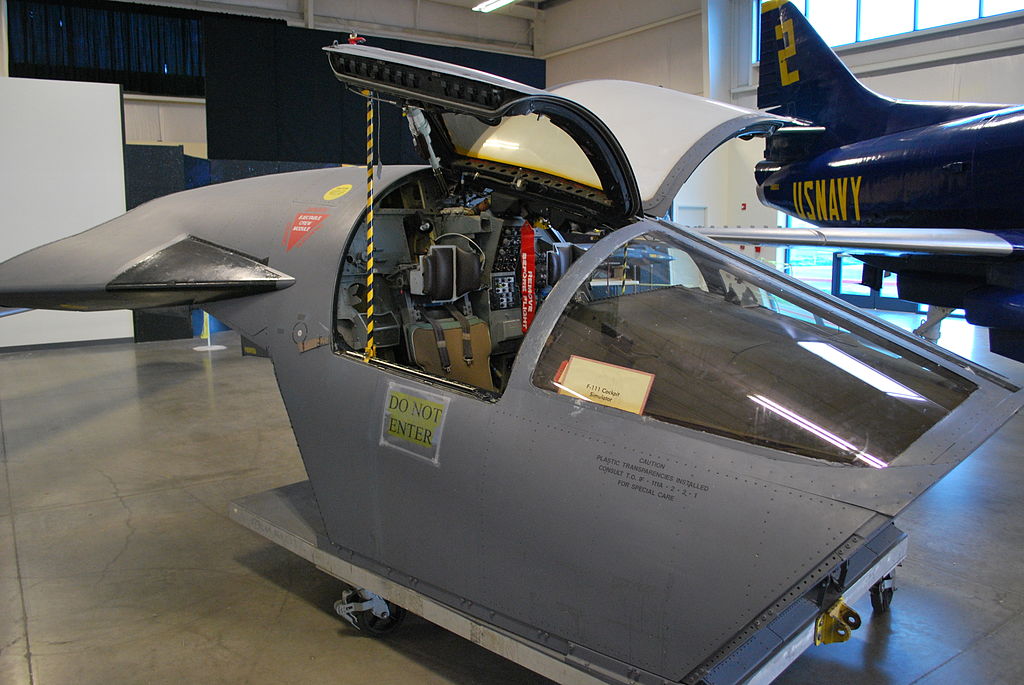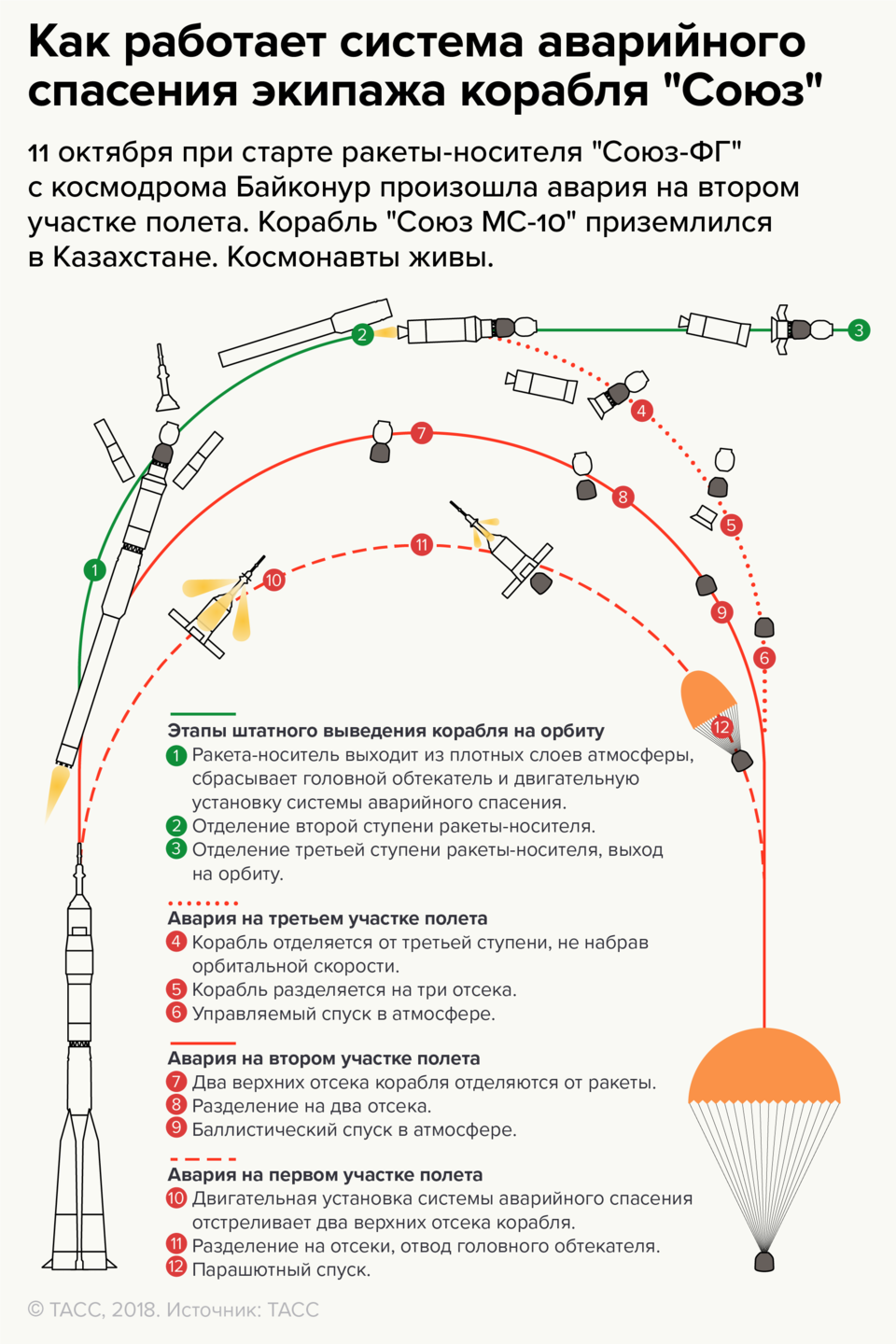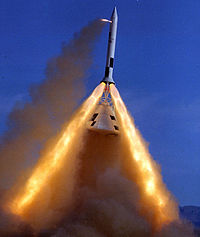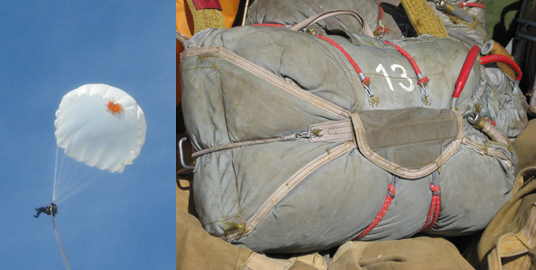Building a jetpack / hoverboard: rescue systems

Recently, I threw a call in Facebook and in the “Stern Techie” group with a request to suggest what kind of rescue systems there are at high speeds and at low altitudes. That's what managed to dig for this issue. The spread is large - from fiction to space systems, let's see what can be useful derived from this.
Following the prompts of TRIZ, you need to look at what you have already done in related areas.
Assist you can come up here for such a flight:
Ejection seat K-36DM
by Alexander Shaenko')

Paragliding reserve
Phillip Terekhov aka Lozga
For heights> 50 meters a paragliding reserve will go, they quickly open:
At lower altitudes, something faster is needed, such as pyrotechnic systems.
Judging by the fact that it flies on the video without a rescue system at all, they will probably first take ready-made manual paragliders, this is the best option in terms of price / quality ratio. Ideally, for such a device, a parachute with expelling charge and accelerated opening, and with two drives - from the stabilizer electronics of the saucer and manual, as on the Yak-38.
Vasilisa Onishchenko
Alas, paragliding reserve will be useless.
- Throwing it at 50 meters is almost useless. It is better to throw at 80-100, then it is guaranteed to be revealed. Anything below is a big risk with its correct disclosure.
- Paragliding reserve is not provided for free fall. When a pilot falls, he is always somehow kept the wing and the speed of descent is 10 ms, maximum 15 at autorotation.
On your installation in case of an accident, a free fall and steam will begin. spare tire just break.- If for some reason the engine does not turn off completely or simply remains hot, the lines will light up and will not stand, and it is rather difficult to calculate the fall so that they do not get there.
I actively follow this topic, of course, the rescue system for the jet pack is a very difficult question. Perhaps the paragliding reserve can be replaced with a base parachute, but this also does not give a strong reliability and requires very much knowledge and experience from the pilot. If you fly above 100 meters, then the chances of salvation will be higher anyway, or low over water. Good luck in finding a solution)))
Inflatable Gizmos

“Well, suppose that when falling from 20 meters, the upper part of the carcass will be like that of a living one.”
Parachute systems MVEN and BRS Systems
by Anton SedykhBallistic Recovery System
Parachute systems "MVEN"
B-58 Hustler rescue capsules
Detachable cabins F-111

Pneumo-ballistic rescue system "Fly"
from Dmitry Lapygin
docplayer.ru/44657150-Pnevmoballisticheskaya-parashyutnaya-sistema-spaseniya-pbss-muha-350.html
Emergency rescue system for the crew of the Soyuz launch vehicle


CAC in action
Tommorowland
Final fantasy
Matrix
Martin Jetpack rescue system
Igor Kovba
Let's google the book ... in general, the basic thing with which you need to start this ... I do not remember the exact name, but something like "Biomechanical properties of the human body." Everything is very mechanistic there: under what loads what breaks down and comes off ... I really haven’t slept for a week later :) It becomes clear why, for example, the climbing system does not need to be made stronger :)Alexander Seleznyov
For small heights, unfortunately no. The fact that the video will work only if strictly vertical application. Evolution of the fall may be different.From myself I’ll say that I don’t even think about flying on a turbojet above 1-2 meters above the water. How is Frankie Zapata flying over a concrete airfield, I don’t understand, he can have a code for immortality. But I will closely follow my foreign colleagues and from time to time stick with questions to “space makers” and “aircraft manufacturers”.
Therefore, all tests over water. Yes, and flights mostly too.
UPD:
But what about the spare parachute system Z-5 ? Minimum height - 100m., Application speed up to 350 km / h
- REPISOT


More on topic
Thanks
Thanks to Alexander Pershin and the HTML Academy company for responding to my call and supporting the project. Give us jet thrust this year!
I asked Alexander Pershin: “Why do you consider the project important?” And “How did you first learn about the jetpack (GTA, Duke Nukem 3d, James Bond)?”
Alexander replied: “I just like the project, which is why I consider it important, but I remember about such backpacks from the films of the 90s, but I don’t remember exactly which ones.”
Thank!

Source: https://habr.com/ru/post/428363/
All Articles